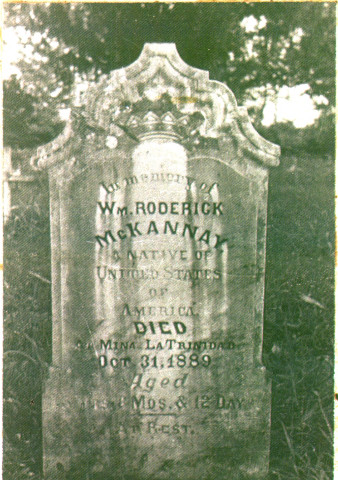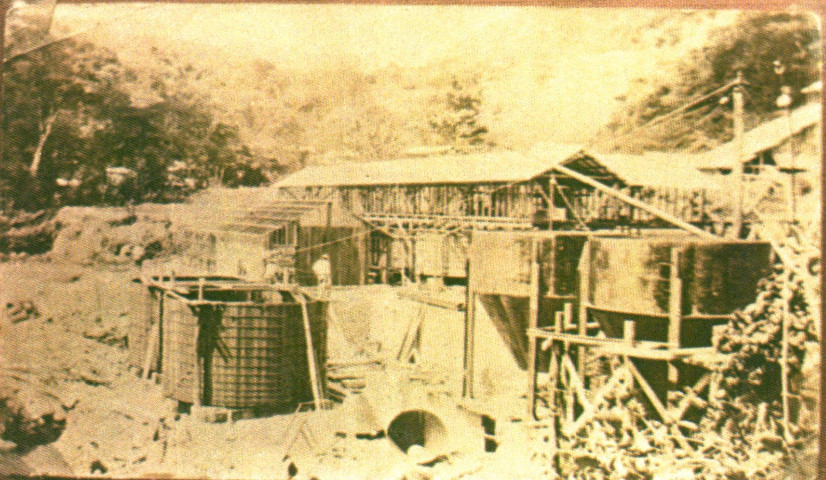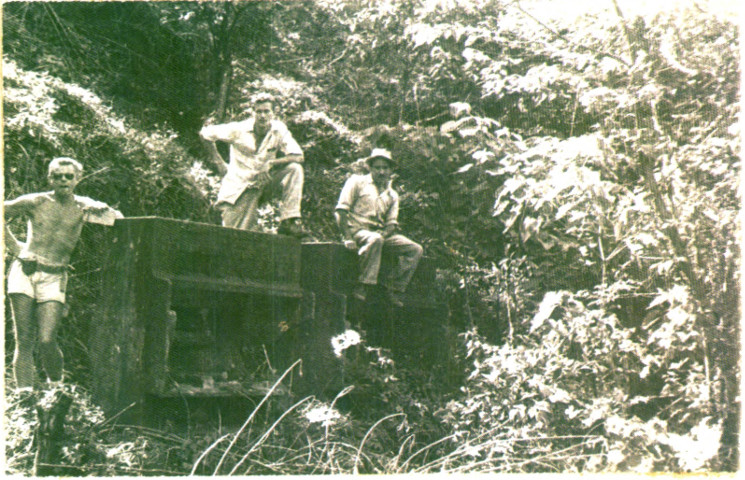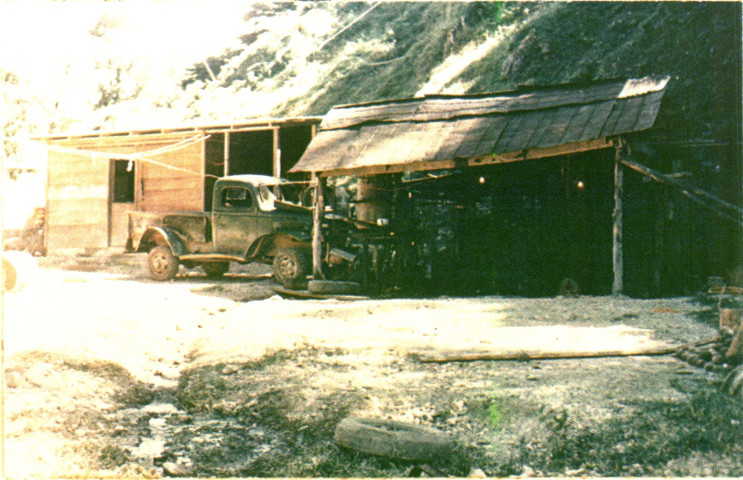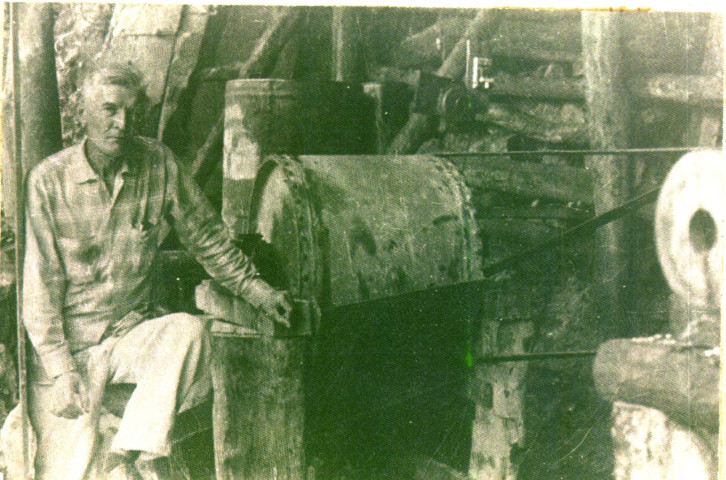History
The following excerpt is from Report #151, vol. 1, July 1960, 5.1 Mining and Milling, History and Production Dr. H.R. Cooke, Jr., Cooke, Everett and Associates, Reno, NV
Gold has been Costa Rica’s most important export, as during 1910 – 1920, and by far the leading mining export. Scattered records indicate that the Costa Rica Gold Belt has produced at least 1,000,000 oz. of gold, and probably double this at present gold price, $70,000,000, (July 1960) mainly from high grade to medium grade ore in Aguacate, La Unión, and Abangares districts (production tables below). Mining in La Unión was begun over a century ago and has continued intermittently under many small interests, mostly with little capital, mechanization, or previous mining experience.
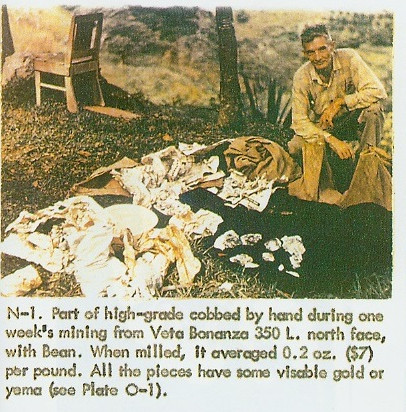
Alfred C. Bean
Only one operation, John N. Popham’s, had a compressor and machine drilling and apparently regular engineering supervision. Since 1920, it has been pick-and-shovel. The present operation does not even use explosives in vein mining. Stoping was expensive, mostly by cut-and-fill or crib raising; the veins made heavy ground, timbering was expensive, and samples of the tails from the several mills which operated at various times generally run 0.2-0.5 oz./ton gold Appendix (VIII). Bean stated that during his management of the Montes de Oro mining there, 1954-1959, the most capital he ever had to work with at one time was $7,500.
Much effort and money was expended by various companies in repeated vain attempts to reach old, rich, caved stopes, as the Santa Rita “Belgian” stope, Los Angeles La Luna stope and Lamas ore around the Lamas Pozito. The last large operation, Rudin’s, shut down its mills at La Unión, Trinidad, and Santa Elena in 1943 due to a combination of the material and equipment shortage during World War II, pirating of miners by the high-balled Inter-American Highway, a large legal minimum wage increase, inefficient mine management, and high-grading run rife.
The details of this history and available production data given in Appendices V, VI, and VIII are important to one of the main conclusions in this report – that the large tonnages of ore mined were of commercial grade for present mining.
Total recorded and reported production from the district is over 400, 000 oz. gold. Allowing for unrecorded production and high-grading, true production probably is double this – 800, 000 oz., or $28, 000, 000 at present gold price, mainly from the Bonanza mine workings on the Lamas, Bonanza, and Reina veins, and from La Unión workings on the Los Angeles and Santa Rita veins. Most of the milling was done at these two mines, though six other mills and many stone mills or arrastras were operated at various times on outlying mines. Substantial but unrecorded tonnages of ore were brought in to the mills by aerial trams, mine railroads, mules or men’s backs from outlying veins, especially the Esperanza, Comendela, Encanto, Chocolate, Santa Lucia, Chispero, Estrella, Mallorga, Mallorga Chica, and Lagunilla. The old miners are reported to have made most of their gold from the sulphide concentrates, after the free gold was removed.
Further historical footnote regarding John N. Popham and the La Unión Mine; Mr. Popham was a noted mining engineer of his day and was employed by Minor C. Keith in numerous projects through Costa Rica and Panama, including a railroad to Nombre De Dios, Panama. Mr. Keith's mining ventures in Costa Rica included Abangarez Gold Fields of Costa Rica, Costa Rica Manganese and Mining Company and Costa Rica Union Mining Company -- the operator of the La Union district properties. In 1919 it was reported the La Union Mine employed 250 men. Mr. Popham was involved in various capacities and at various times in all these enterprises and also in support of the Panama Canal construction.
